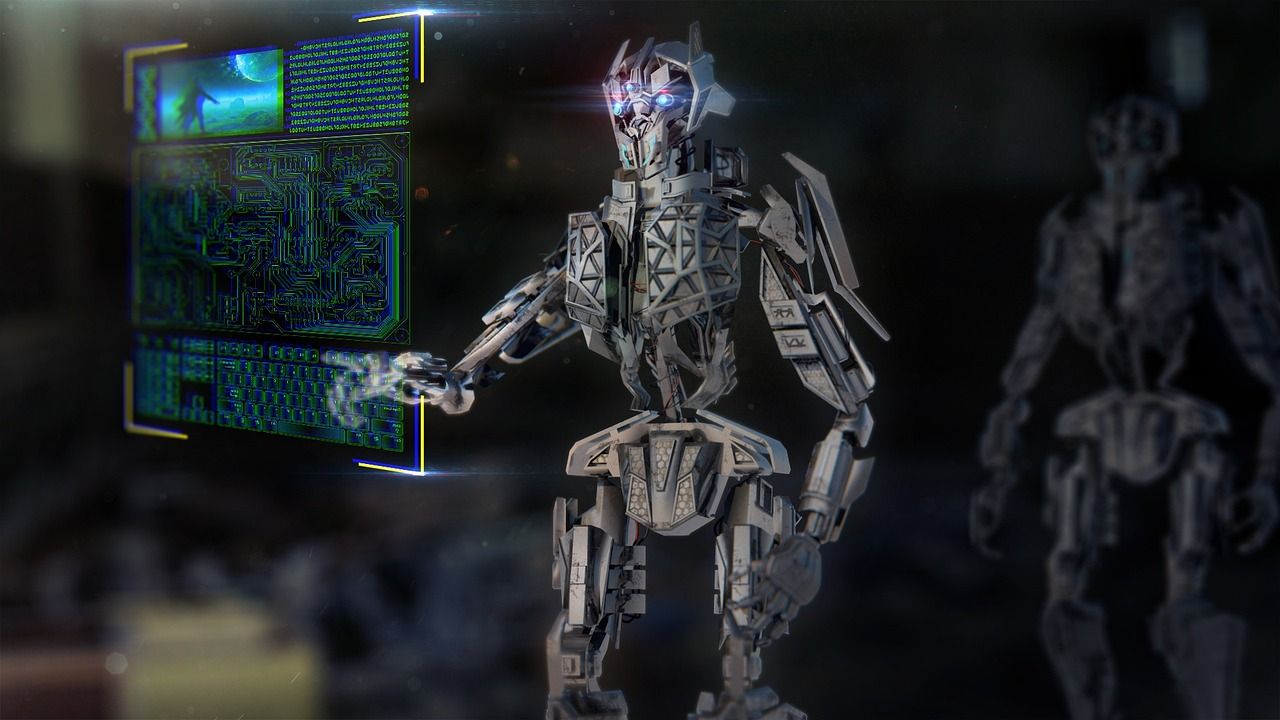Practical Artificiality: How AI Has Become Increasingly Practical In Law

You probably haven’t heard enough yet about ChatGPT and related developments. Let me bring you up to speed. Just kidding! We��’ve been drowning in coverage and commentary about “large language models” (LLMs; not to be confused with master of law degrees). Yes, their capacities are awe-inspiring. No, they don’t portend the end of lawyering as we know it. Yet.
Let’s take a broader view of how AI has become increasingly practical in law. Where are we heading?
Mastering Law
I got my start In legal tech back in the ‘80s, when document assembly and expert systems were all the rage. Many of us expected that these cool tools would revolutionize the delivery of legal services, both in the commercial market and the nonprofit sector.
Some anticipated the imminent arrival of transformational change in law through machine intelligence.
We were mostly wrong. (Also about the imagined end of the billable hour. See the next section.)
These past enthusiasms were mirrored in the academic world, where the above technologies, once so lovingly explored, are now often regarded as embarrassingly primitive.
Nonetheless, well-settled approaches like document automation and practice systems have delivered significant benefits. A lot of legal work is dramatically improvable with these venerable strategies.
Pro Bono Net’s LawHelp Interactive, for instance, served guided interviews and bespoke document packages without charge to nearly a million users last year, powered by procedurally coded applications built with A2J Author and HotDocs. My Capstone colleagues and I have continued to work with a wide variety of law firms and departments that use related tools to supercharge their practices. And “domain specific languages” (DSLs) are injecting new vigor into good-old-fashioned symbolic AI. Check out Singapore Management University’s Center for Computational Law.
If the number of existing and newly entering vendors of such tools is any indication, there’s still a lot of perceived demand for them. Catherine Bamford has identified over 250.
Now is (Still) the Winter of Hour Discontent
The opening words in Richard III, spoken by its title character, used to confuse me. The winter being referenced there had passed (“made glorious summer by this sun of York”).
AI has undergone multiple “winters” and we’re now in one of its most glorious summers.
Yet it’s still winter for opponents of the billable hour.
Part of that is because folks need considerable guidance and ongoing support on the many aspects of choosing, building, and supporting practice automation systems. And of developing productized services that make business sense.
(Did I mention that I teach about knowledge technologies via a course on Shakespeare?)
Conferencing and Journaling
There have been international conferences on AI and law every two years since 1987. This year’s will be in Braga, Portugal, along with about a dozen associated workshops. I expect to participate in one on AI and access to justice and one on educating practitioners.
If you’re looking for a chance to dive deep into current AI and law developments (and/or an excuse to visit a lovely country), ICAIL 2023 could be your opportunity. (Warning: The formal paper sessions at these conferences can be exceedingly dry for the uninitiated.) Registration details will be available here.
The Artificial Intelligence and Law journal published its first issue in 1992. Richard Susskind and I signed up as its “technology correspondents.” Thirty plus years later it remains the preeminent peer-reviewed publication in the field. Much of its content has been quite academic and theoretical, but there’s been a decent amount of practical coverage as well. The journal recently published a wonderful survey of key articles across its decades-long arc of research and scholarship, including a practical look by yours truly, which is freely available as part of the section at this link.
Is That An Exoskeleton in Your Closet?
Some of us are impressed by the facility with which search engines and word processors anticipate our thoughts and complete our sentences. Now we have autocomplete on steroids and prompt engineering. We’ll be increasingly accustomed to machine intelligence putting wind beneath our intellectual wings.
I explored this idea in Dancing with Cognitive Exoskeletons. (It’s a quick read! Here’s a sample: “Operating gracefully with a cognitive exoskeleton ‘on’ will become a new professional skill. The most admired lawyers may be those who can perform with practiced nonchalance when their cognitive implants kick in. They will have figured out how to domesticate the artificial. They will comfortably dance with cybernetic shoes.”)
The Future is Fusion
I’m not talking about “cold” fusion power generation, although recent developments on that front are way cool. Or a rock band. (And also not Lex Fusion, although they’re pretty futuristic.)
Rather, a signal characteristic of the present age in legal tech is the multitude of powerful combinations.
Symbolic as well as stochastic. Yes-code as well as no-code. Thoughtful humans as well as educated machines.
On the one hand, machines are getting smarter, through deep learning. On the other, people are finding it easier to create useful software applications. No- and low-code tools like BRYTER, Gavel, and Neota Logic have opened new opportunities for non-programmers. (They also facilitate the kind of maker-style law school courses I offer as a moonlighting adjunct, based on the idea that law can be learned by teaching machines how to think like lawyers.)
Both the symbolists and the neural net folks have delivered stunning results. Brace yourself for neuro-symbolic.
Brave new world?
We’re practically there.





